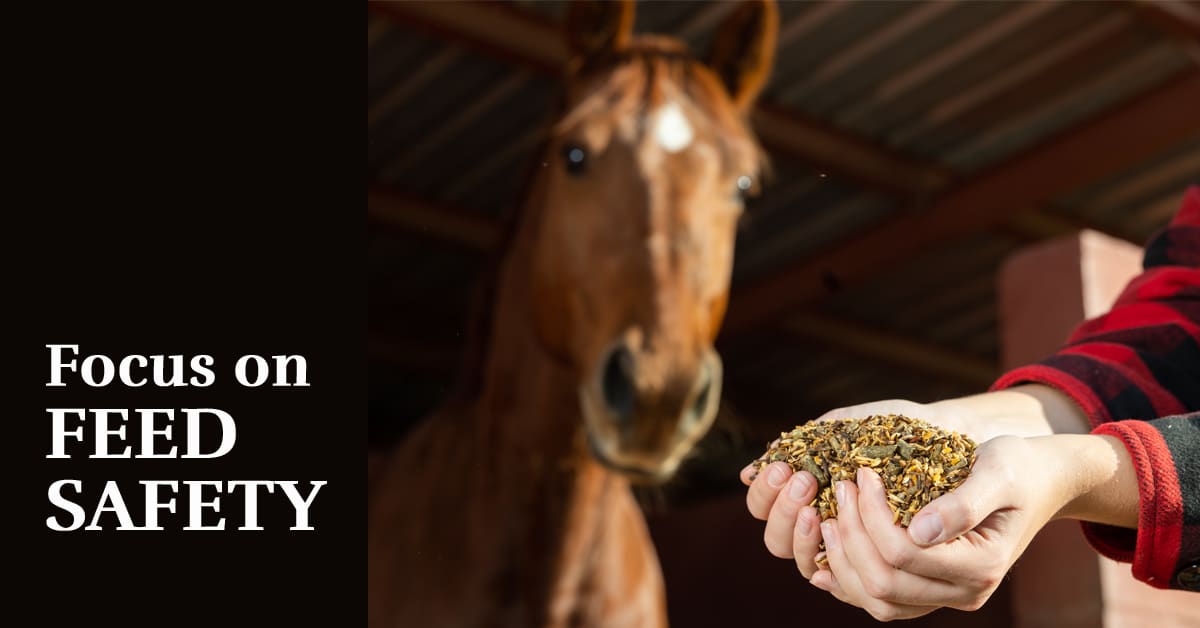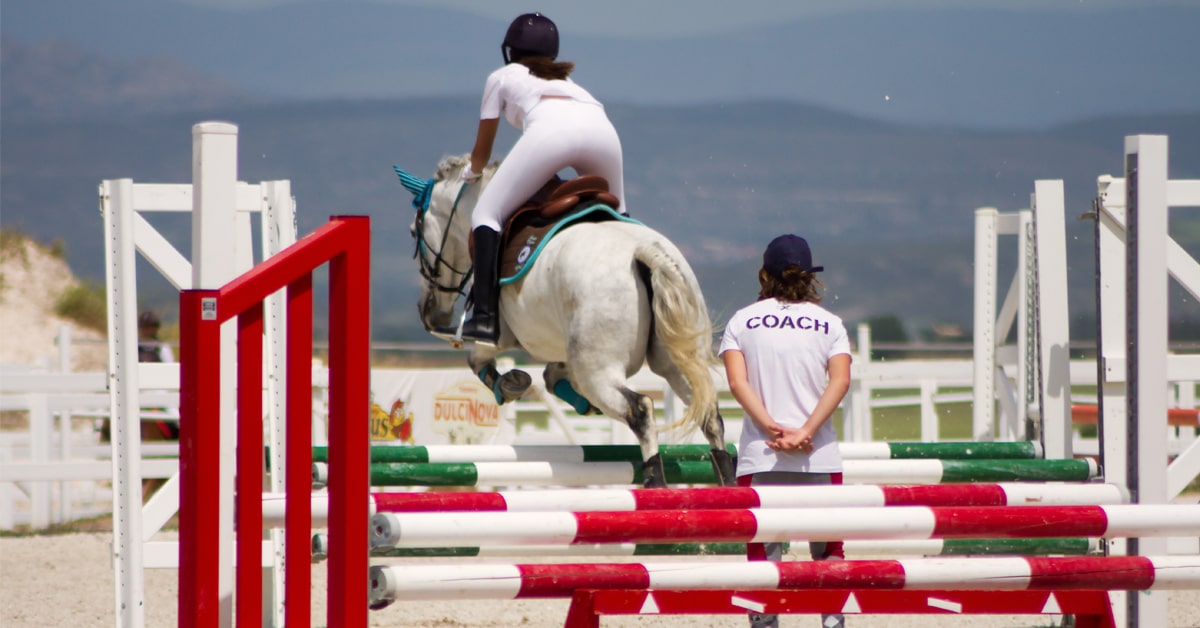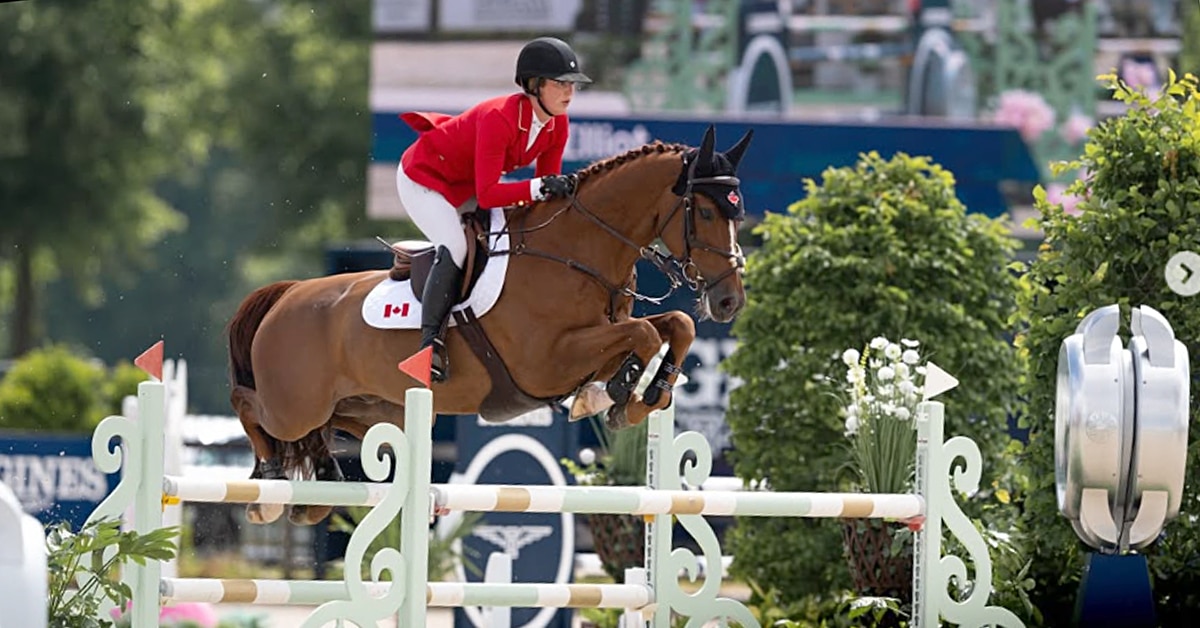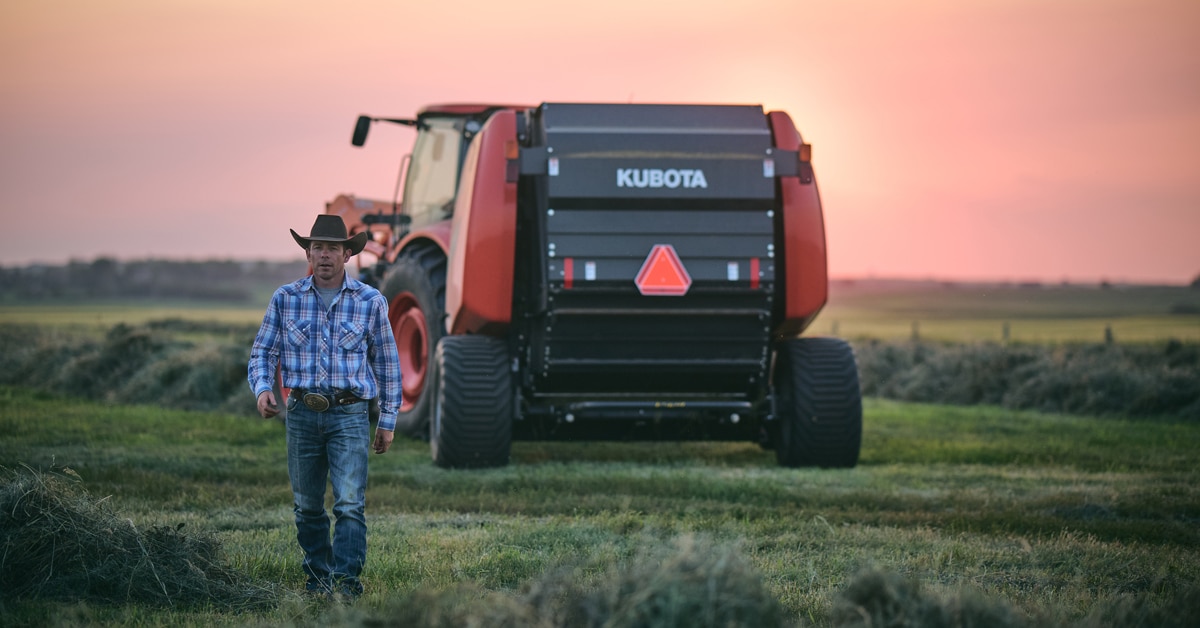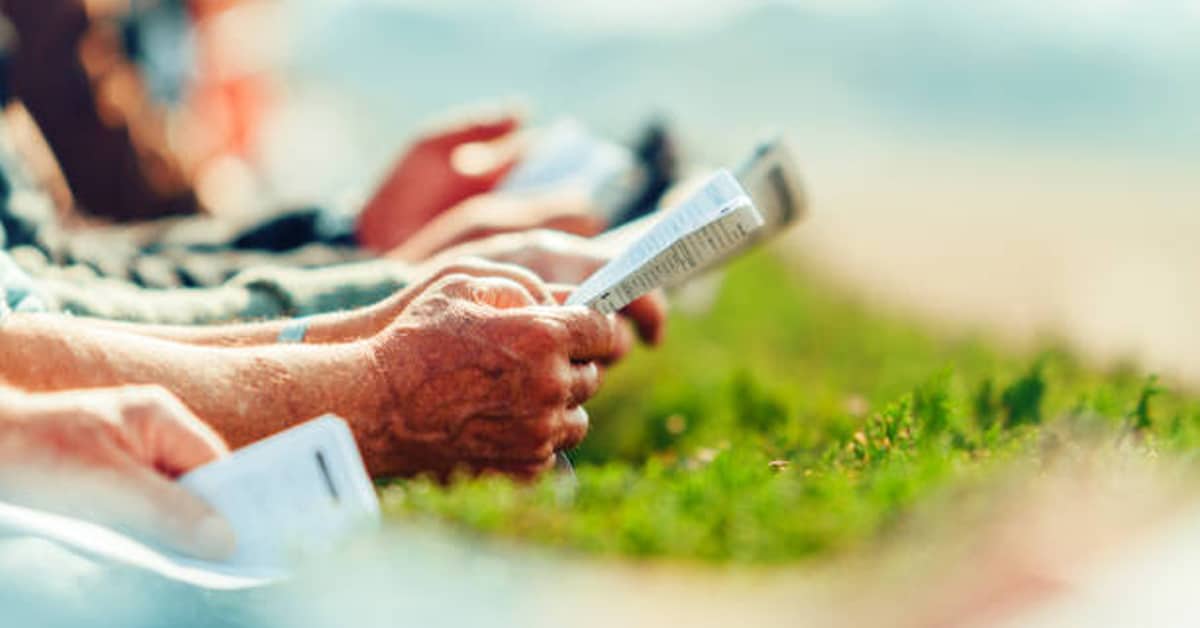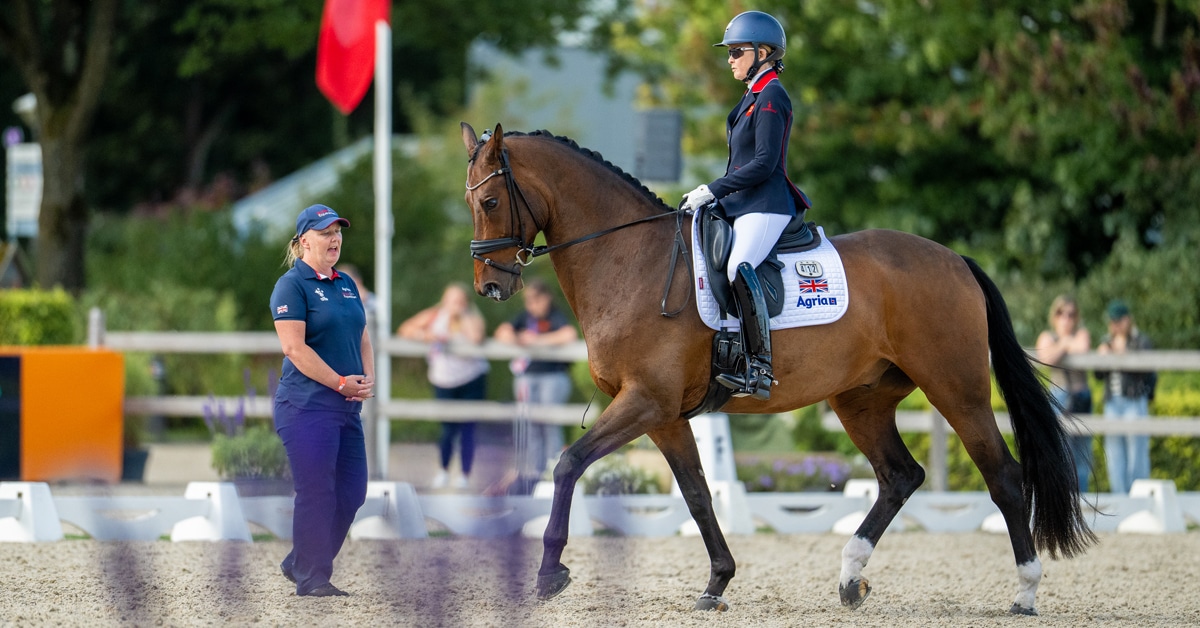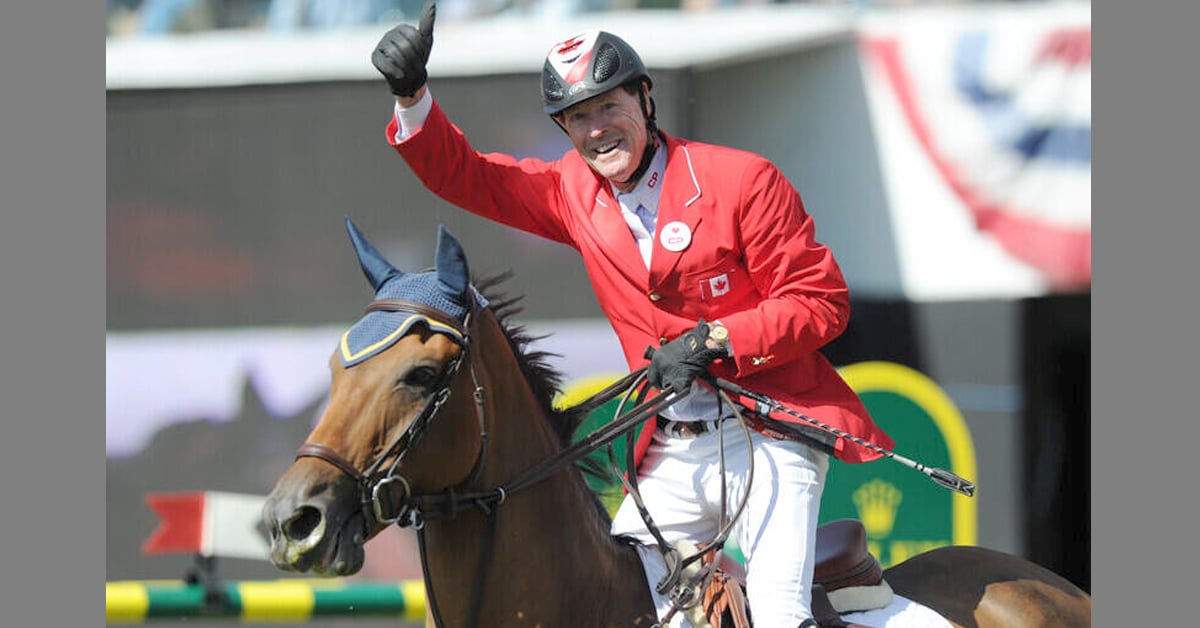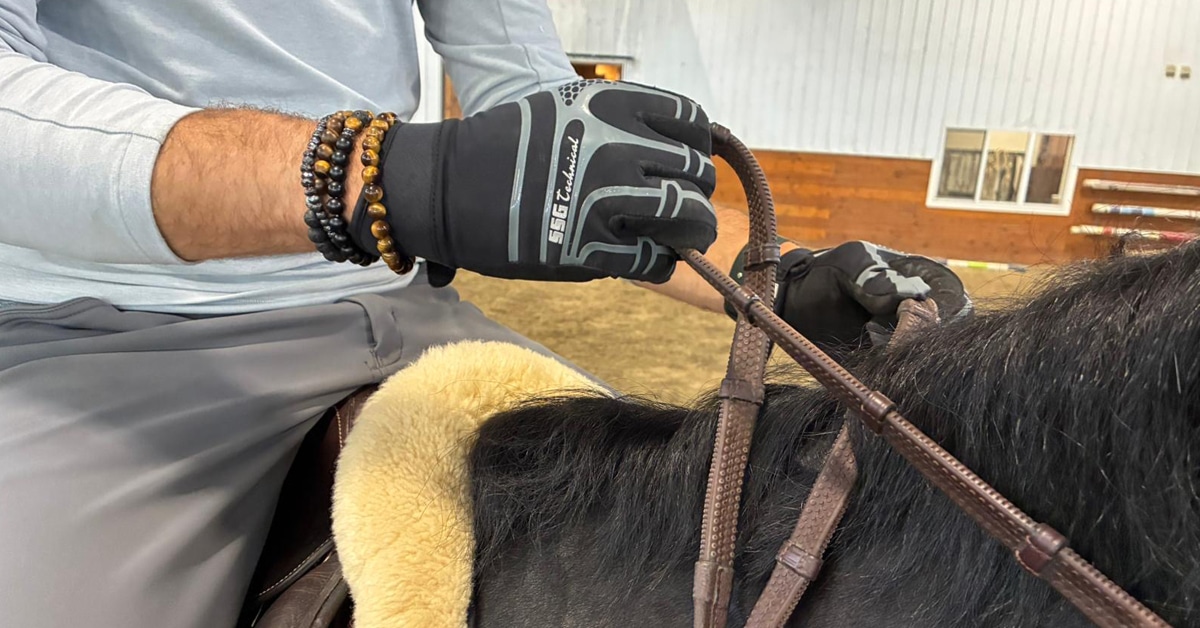James Hood has been Equestrian Canada’s High Performance Director since January 2020. Though he doesn’t have a background in horses, he does have a deep background in the business of Canadian sport. After two years of reviewing Equestrian Canada’s sports programs, he’s found that EC needs more than $11 million more to properly fund Canada’s equestrian teams. This is where his background in building programs that meet the requirements necessary to earn government funding are critical.
Hood was one of EC’s first officials in Herning, arriving on July 27th. He spends his days going between the barns and checking in with the chef d’equipes, team managers, connecting with athletes and watching warm-ups and competition while also attending FEI meetings and liaising with various on-site venue managers. He first visited Herning last year to do advance research of the area. His pre-event checklist is lengthy and includes emergency contacts, evacuation plans, laundry facilities and much more. He’s in charge of planning and logistics which includes everything from picking the team hotel, to identifying what facilities are available, and ensuring that all eventualities are thoroughly thought out and planned for well in advance.
As High Performance Director, Hood is charged with creating EC’s first complete Olympic cycle program. Developing this plan during a pandemic was problematic for an industry outsider who didn’t have the relationships with athletes or coaches or the understanding of the various development models for each discipline, but he has confirmed that all three disciplines are now working forward on their strategic initiatives and performance plans to 2028.
“In jumping, we’ve identified what we need structurally for the next four years,” explained Hood noting that ideally the jumping team would attend 11 Nation’s Cups each year with a rotation of athletes to be best prepared. “You have to build your technical plan but then go and seek your partners who are going to help. We are working with different funding partners, both private donors and potentials, to be able to look at how we close our funding gaps to be able to get to where we need to be.”
High performance sport is expensive, and even more so for equestrian sport, but Hood was quick to point out that EC does have some tools to help and is working on others.
“The Horse Maintenance Program is not well known and not everyone takes advantage of it. Canadian owners of national team horses can get a tax receipt for the maintenance of their horse. Expenses like stabling, vet care, transportation cost, etc., can be submitted by the owner. Last year, the government of Canada recognized $3.3 million in tax receipting for national team horses – which is great for our Canadian owners.”
Hood is working on other programs to support non-Canadian donors. It’s a matter of finding the right charitable organization with the funding parameters that suit EC’s goal. There are many such programs set up mainly for educational institutions who can accept donations from international alumni, but not many for sport organizations.
“This year, we now have an access portal for American donors to donate to the Canadian program and receive tax receipts for the IRS. We are doing the donations program through the Canadian Olympic Foundation and a foundation in the US, so the money comes into our partner in the US and is transferred to our Horsepower Foundation under the Canadian Olympic Foundation. We also have an application in Great Britain for a similar foundation.”
This is great news, as EC needs to find over $11 million to properly run a successful high performance program across the three main disciplines.
“When we look at shortfalls, jumping is at $5.5 million a year, dressage is about $2.8 million and eventing is similar in order to be able to run senior teams, development teams, progressive stepping up the high performance level and appropriately funding athletes and horses and coaches as well as offer the right coach development in the high performance context.”
“We had to build the programs to find the funding gaps and identify the partners,” said Hood adding that those partners would include Own The Podium, Sport Canada, Canadian Olympic and Paralympic Committees along with private donors and partners. EC announced that it had lost its Own the Podium funding in 2016, which had previously amounted to over $1 million for the Rio quadrennial.
“I know that if we were performing and we had a system that they could validate all the metrics that go into our system, there’s at least a million dollars there for one sport,” said Hood on the likelihood of having Own the Podium Funding restored. ”Own The Podium cares about medals, but if you have a system that is showing progress compete with evaluation tools and we have athletes above performance curve lines and we are moving toward the targets, they will support that. But if you come to them and say we got a medal in 2012 but we don’t really have a rider system, and we don’t have a competition structure that is progressive that is moving forward, and we don’t have any measurements, they question the validity of the system.”
Aside from government funding, Hood also notes that there are many private individuals who are interested in supporting Canada’s equestrian development. Canadians are already familiar with Mark and Tara Rein who fund many jumping horses for Canada, and the eventing community was successfully able to raise $250,000 to support the team travelling to Pratoni for the FEI Eventing World Championships next month.
“There are lots of Canadians that would be willing to support riders, but they have to know that we have a plan, that we have a direction, and that they can see what that looks like.”
The Latest
